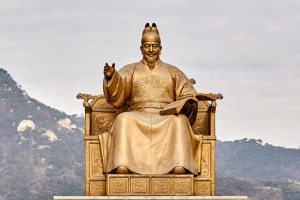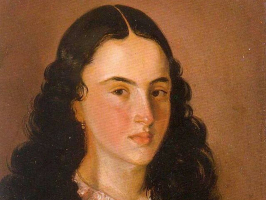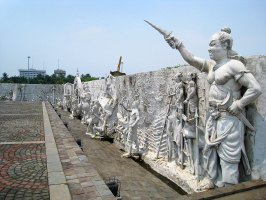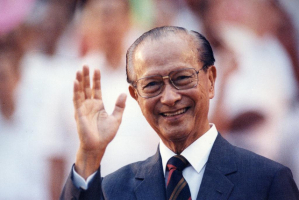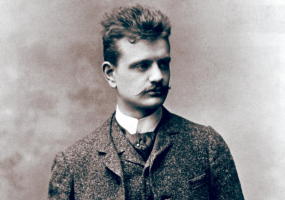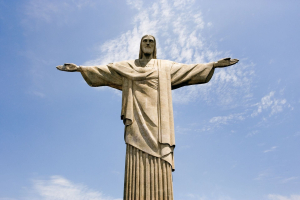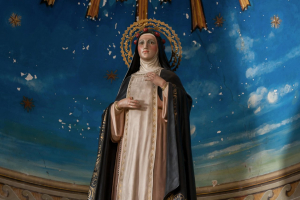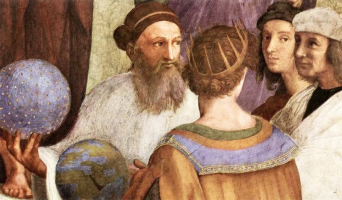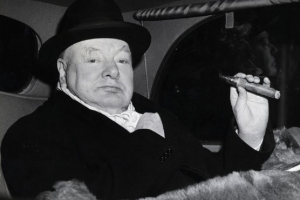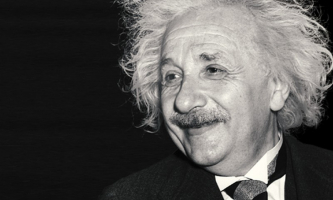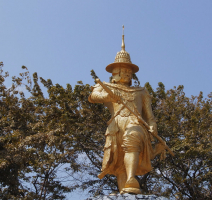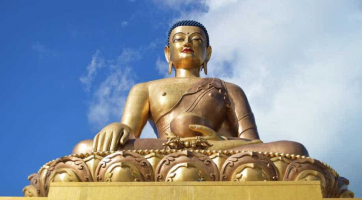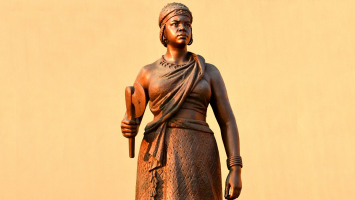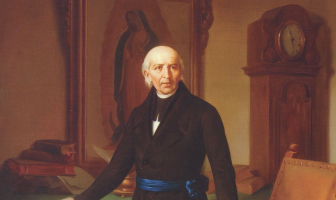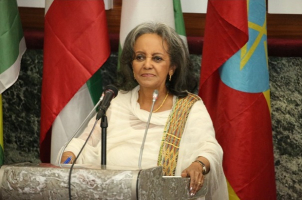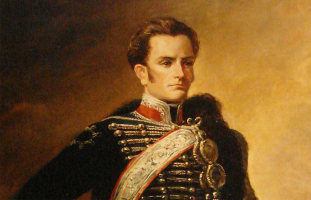Top 8 Most Important Historical Figures In Cambodia
Since Angelina Jolie's Lara Croft flew through Cambodia's temple ruins in "Tomb Raider," the country has been teeming with tourists. This well-known South East ... read more...Asian tourist hotspot attracts hordes of urban explorers year after year, thanks to eye candy like the Angkor Wat temple, the beaches of Sihanoukville, and all the upcountry adventures it has to offer. But if you thought that was the end of the list of attractions, you'd be dead wrong! Cambodia has received equal praise over the years for its outstanding natives who have brought the country unparalleled glory. From dictators to journalists, religious leaders to architects, Cambodians have enlightened and empowered the world with their laudable contributions. Let us look at the biographies of the most important historical figures in Cambodia.
-
Norodom Sihanouk (31 October 1922 – 15 October 2012) was a Cambodian statesman, Sangkum and FUNCINPEC politician, film director, and composer who led Cambodia in various capacities throughout his long career, most notably as King and Prime Minister of Cambodia. In Cambodia, he is known as Samdech Euv. Cambodia was subject to various regimes during his lifetime, including French colonial rule (until 1953), an independent kingdom (1953-1970), a republic (1970-1975), the Khmer Rouge regime (1975-1979), another communist regime (1979-1989), a state (1989-1993), and finally another kingdom (since 1993).
Sihanouk was the only child of King Sisowath Monivong's daughter, Princess Sisowath Kossamak, and Prince Norodom Suramarit. When his grandfather Monivong died in 1941, Sihanouk ascended to the throne in the midst of French colonial rule. Following the Japanese occupation of Cambodia during WWII, he won Cambodian independence from France in 1953. In order to participate in politics directly, he abdicated in 1955 and was succeeded by his father, Suramarit. That year, Sihanouk's political organization Sangkum won the general elections, and he was elected Prime Minister of Cambodia. He ruled the country as a one-party dictator, suppressing political dissent. Sihanouk took over as Cambodia's Head of State after his father died in 1960.
Sihanouk, while officially neutral in foreign relations, was closer to the communist bloc in practice. Following the Cambodian coup of 1970, he fled to China and North Korea, where he established a government-in-exile and a resistance movement. During the Cambodian Civil War, he encouraged Cambodians to oppose the new government and backed the Khmer Rouge. After the Khmer Rouge's victory in 1975, he returned as a figurehead head of state. His relationship with the new government deteriorated, and he resigned in 1976. He was imprisoned in his home until Vietnamese forces overthrew the Khmer Rouge in 1979.
Sihanouk returned to exile and founded FUNCINPEC, a resistance party, in 1981. The following year, he was elected president of the Coalition Government of Democratic Kampuchea (CGDK), a broad coalition of anti-Vietnamese resistance factions that retained Cambodia's seat at the United Nations, establishing him as Cambodia's internationally recognized head of state. Informal talks were held in the late 1980s to end hostilities between the Vietnam-backed People's Republic of Kampuchea and the CGDK. The Supreme National Council of Cambodia was established in 1990 as a transitional body to oversee Cambodia's sovereign matters, with Sihanouk serving as its president. The Paris Peace Accords were signed in 1991, and the following year, the UN Transitional Authority in Cambodia (UNTAC) was established. The UNTAC organized Cambodia's general elections in 1993, and a coalition government led by his son Norodom Ranariddh and Hun Sen was formed as a result. Sihanouk was re-elected King of Cambodia. He abdicated again in 2004, and his son Sihamoni was chosen as his successor by the Royal Council of the Throne. Sihanouk passed away in Beijing in 2012.
Sihanouk produced and directed 50 films between 1941 and 2006, some of which he also acted in. The films, which were later criticized for being of poor quality, frequently featured nationalistic elements, as did a number of the songs he wrote. Some of his songs were about his wife, Monique, neighboring countries, and communist leaders who supported him in exile. Sihanouk performed for diplomats in New York City in the 1980s. During his second reign, he also attended concerts at his palace.
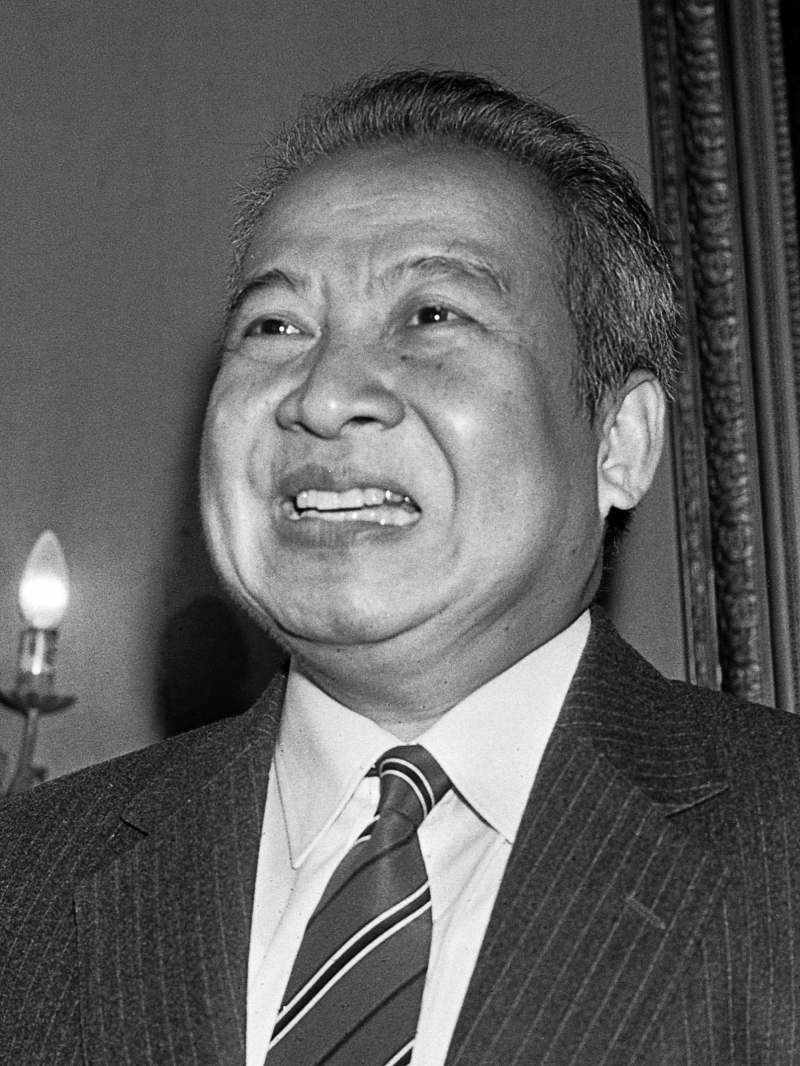
en.wikipedia.org 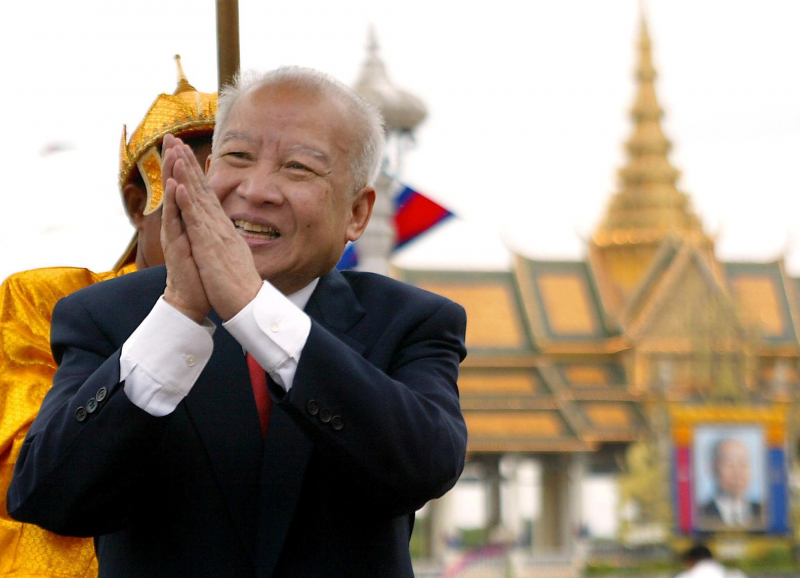
nytimes.com -
Suryavarman II, also known as Paramavishnuloka after his death, was a Khmer king who built Angkor Wat, the world's largest religious monument, which he dedicated to the Hindu god Vishnu. His monumental architecture, numerous military campaigns, and restoration of strong government during his reign have led historians to regard Suryavarman as one of the empire's greatest kings. As the result, Suryavarman II is also regarded as one of the most important historical figures in Cambodia
Suryavarman II died between 1145 and 1150 AD, possibly during a military campaign against Champa; prior to that, his troops were defeated by Vietnamese troops led by Tô Hiến Thành. Suryavarman II was succeeded by Dharanindravarman II, a cousin and the son of the king's mother's brother. There was a period of weak rule and feuding.
Suryavarman was given the posthumous name Paramavishnuloka, which means "He Who Has Entered Vishnu's Heavenly World." Angkor Wat appears to have been finished only after he died.
Today, visitors arriving at Siem Reap International Airport are greeted by a modern sculpture that adapts his court image in the Angkor Wat bas reliefs. Parasols shade this image of the king, just as they did Suryavarman nearly nine centuries ago.
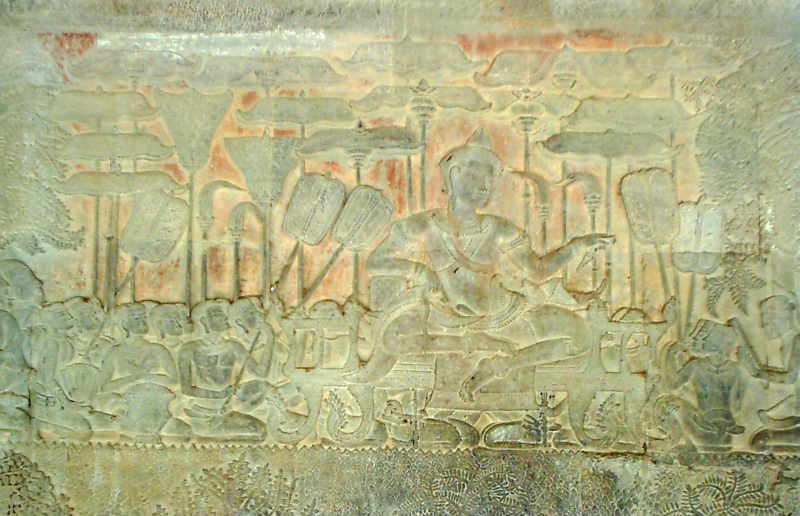
vi.wikipedia.org 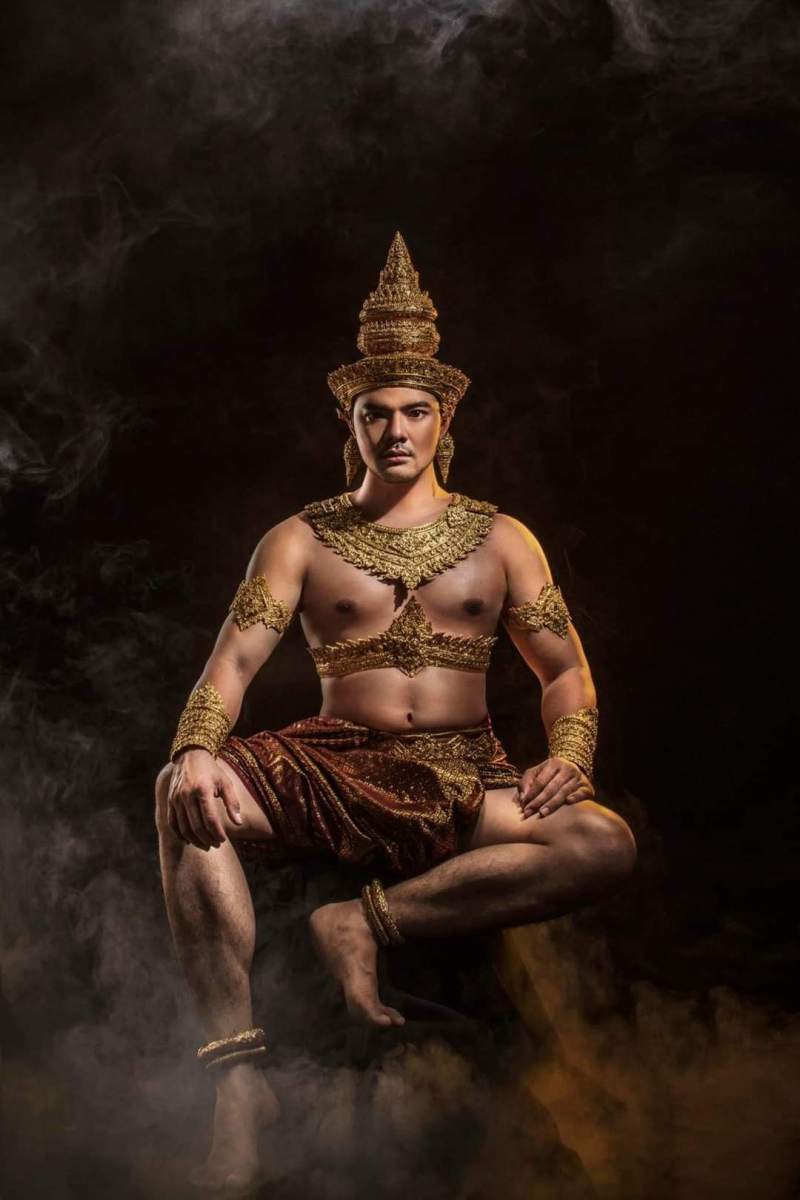
fi.pinterest.com -
Jayavarman VII, also known as Mahaparamasaugata (1122-1218), was the Khmer Empire's seventh king. He was the son of Queen Sri Jayarajacudamani and King Dharanindravarman II (1150-1160). He was the first Khmer king to devote himself to Buddhism, as only one previous Khmer king had done so. He then constructed the Bayon as a Buddhist monument. Historians regard Jayavarman VII as the most powerful of the Khmer monarchs. His administration constructed numerous projects, including hospitals, highways, rest stops, and temples. With Buddhism as his inspiration, King Jayavarman VII is credited with establishing a welfare state that met the Khmer people's physical and spiritual needs.
The Khmer empire's history cannot be read in terms of European patterns of kingship, inheritance, or nationhood. The sons of a Khmer king did not always inherit their father's thrones; Jayavarman VII had many sons, including Suryakumara and Virakumara (the suffix kumara usually translates as "prince") and Srindrakumaraputra, the crown prince who died before his father, but only Indravarman II inherited the throne.
Jayavarman VII constructed 121 "houses with fire" rest stops for travelers every fifteen kilometers along raised highways, as well as 102 hospitals. His was the "Greater Vehicle Buddhism." Brahmans, on the other hand, continued to play a "role at court," with Hrishikesa elevated to the position of chief priest, with the title Jayamahapradhana.
He married Princess Jayarajadevi and then her sister Indradevi after her death. The two women are widely regarded as significant influences on him, particularly in his strong devotion to Buddhism.
We only know the names of four of his sons: Suryakumara (mentioned in Ta Prohm), Virakumara (mentioned in Preah Khan), Srindrakumara (mentioned in Banteay Chhmar), and Tamalinda (later became a bhikku)
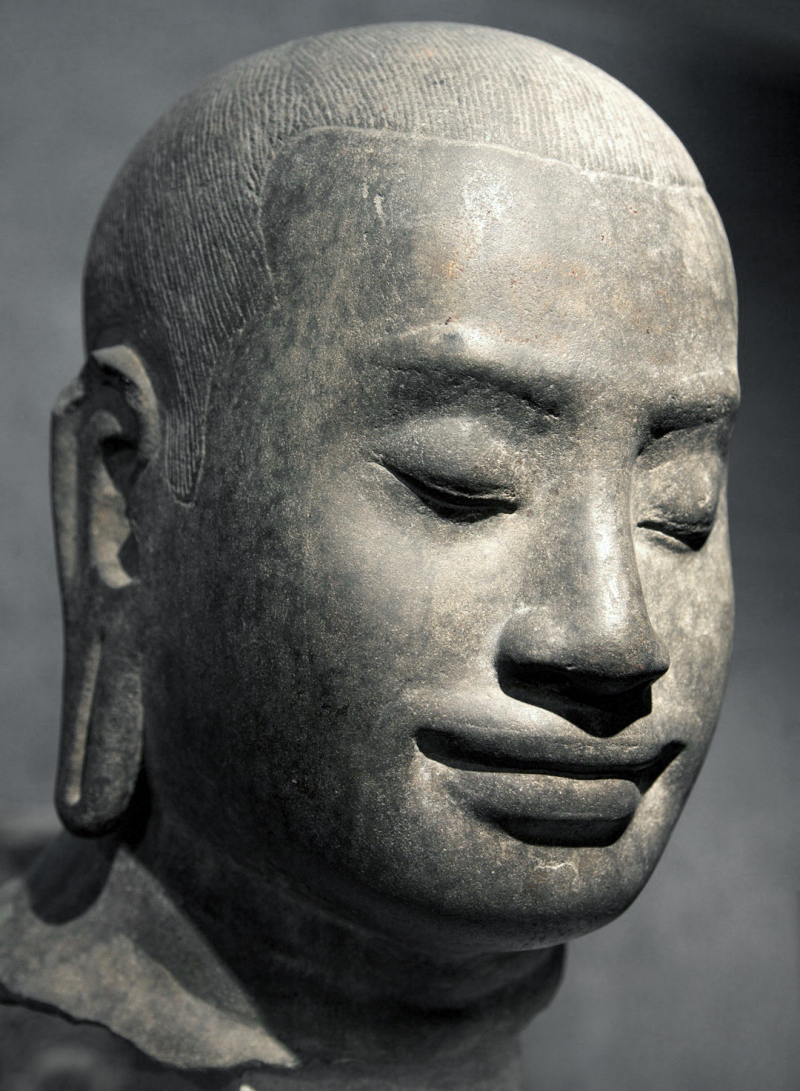
en.wikipedia.org 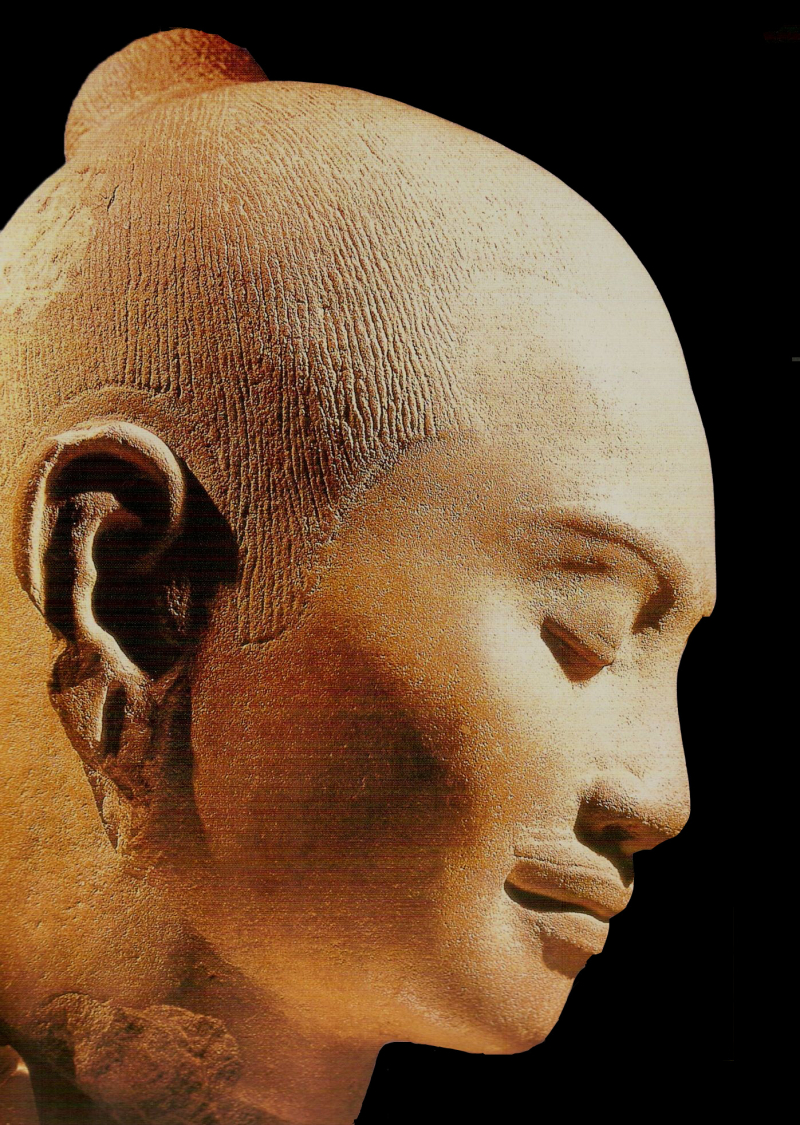
kairosremembered.com -
Norodom (3 February 1834 - 24 April 1904) was King of Cambodia from 19 October 1860 to his death on 24 April 1904. He was King Ang Duong's eldest son and a half-brother to Prince Si Votha and King Sisowath. He was elected to the throne in 1860, but he was not crowned until 1864 because Siam held the royal regalia (the royal crown and other artefacts). He signed a treaty with France in 1863, giving France control over Cambodia's foreign relations in exchange for personal protection from his enemies. Although the treaty preserved Cambodian independence, French control over Cambodian internal affairs grew steadily until the end of his reign (full independence was not restored until 1953). In terms of verifiable exact dates, his reign of 43 years and 188 days is the longest in Cambodian history. Sisowath, his half-brother, succeeded him after his death.
He is the ancestor of the House of Norodom, Cambodia's ruling royal house since 1941.
King Norodom was remembered for his love and appreciation of the arts. He oversaw the construction of the Silver Pagoda in 1892, as well as the consecration of Wat Oudong on June 6, 1875. When Norodom took the throne in 1860, classical dance regained some of its ancient clout, and it quickly became a high honor for court officials, ministers, and senior dignitaries to have their children admitted to the palace's school of dancing.
Norodom went on an official visit to Hong Kong, Manila, and Singapore in 1872. The King was so impressed by the Filipinos' musical abilities that he decided to send some musicians back to Cambodia to teach modern music. Norodom's generosity drew artists from all over the world to Cambodia, where they were always welcomed at the royal palace and court. Because the majority of them had a strong interest in the Royal Ballet, they were given every opportunity to learn Khmer music and dance.
The Royal Khmer Navy was established for territorial protection under King Norodom.
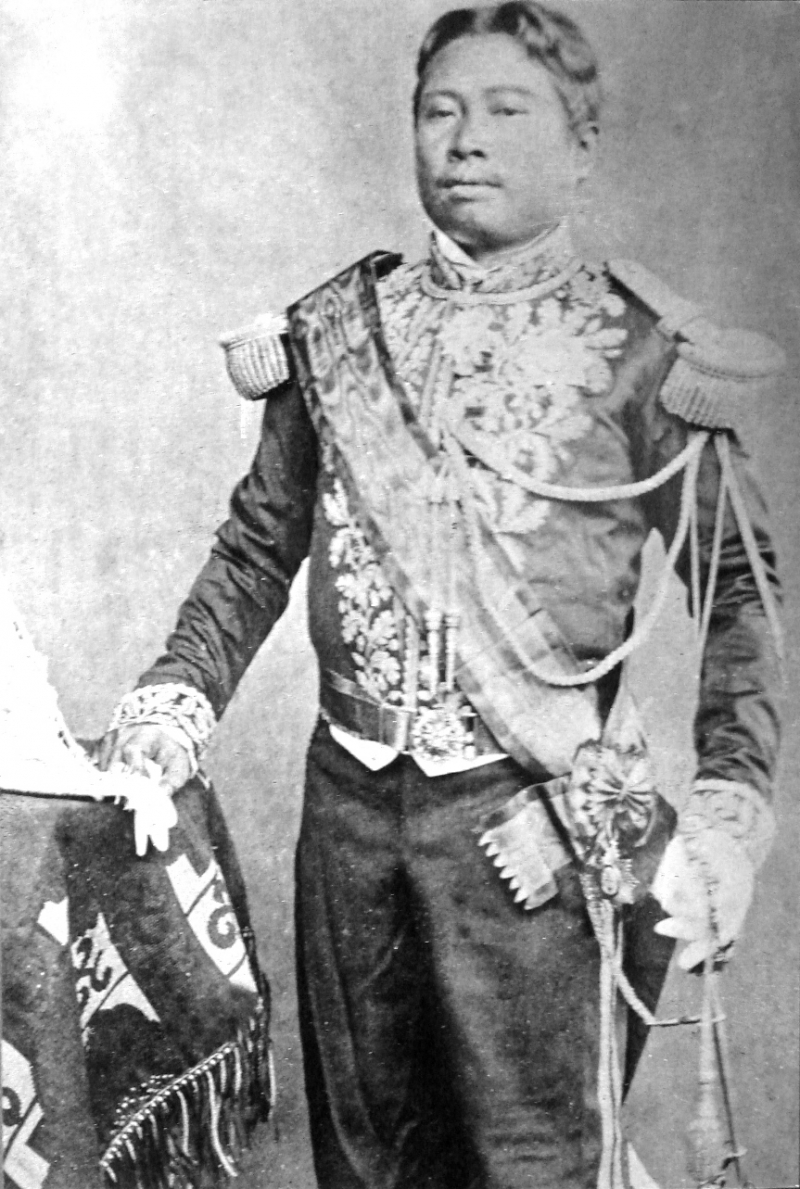
vi.wikipedia.org 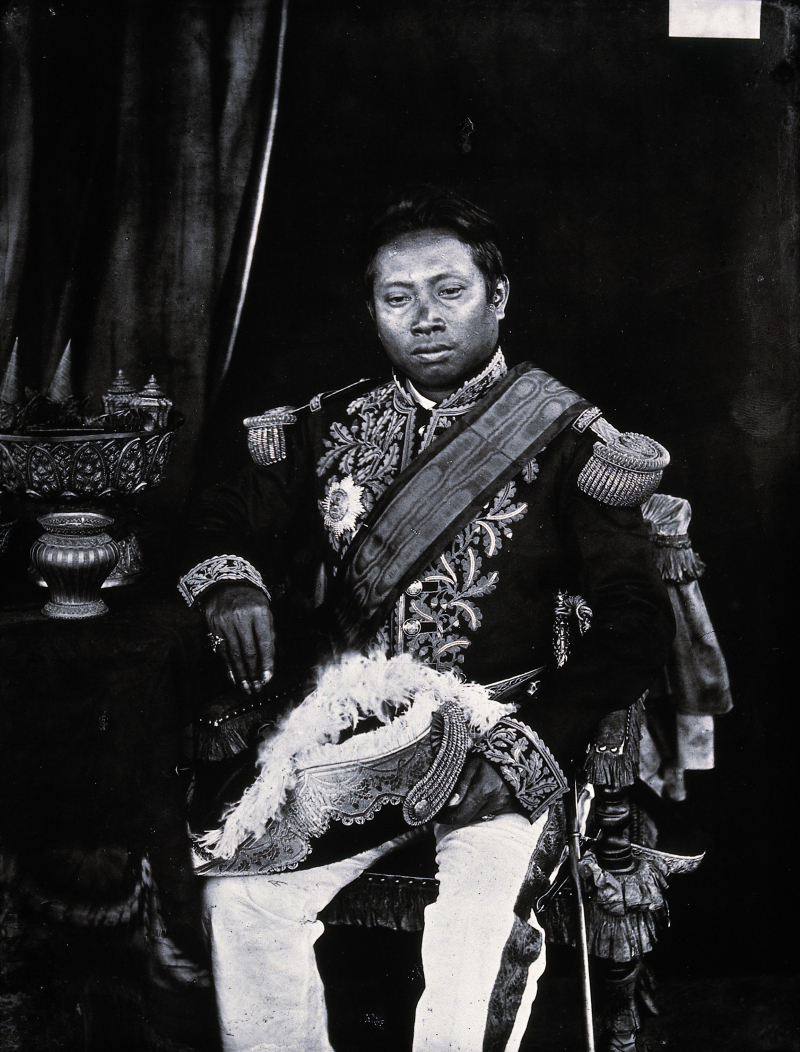
commons.wikimedia.org -
Sisowath (7 September 1840 - 9 August 1927) was King of Cambodia from April 27, 1904 to his death on August 9, 1927. He was King Ang Duong's son and half-brother to Prince Si Votha and King Norodom. He is the ancestor of the Sisowath House. He is considered one of the most important historical figures in Cambodia.
When Norodom died in 1904, Sisowath was crowned King of Cambodia, a throne that would have gone to one of Norodom's sons, Prince Yukanthor, if he hadn't had a falling out with the French. During his reign, Sisowath continued Norodom's role in government, and the French rewarded him handsomely for his cooperation: they built him a new palace, gave him a steam-powered yacht, and provided him with a yearly ration of 250 lbs of high-grade opium. He died in Phnom Penh in 1927 and was given the posthumous title Preah Karuna Preah Sisowath Preah Reacheanukot. His son and crown prince, Prince Sisowath Monivong, succeeded him. He was the world's oldest monarch at the time of his death.
On April 24, 1904, the day King Norodom died, the Royal Crown Council convened, gathering senior ministers and kingdom personalities to elect the new sovereign. The Crown Council appointed Samdach Oppareach Preah Sisowath (the Viceroy) as his elder step-brother. He was crowned as Preah Bat Samdech Preah Sisowath Chamchakrapong Hariréach Barminthor Phouvanay Kraykéofa Soulalay Preah Chau Krong Kampuchea Thippadey (Khmer: ព្រះបាទសម្តេចព្រះស៊ីសុវត្ថិ ចមចក្រពង្ស ហរិរាជបរមិន្ធ្រភូវណៃ ក្រៃកែវហ្វាសុឡាឡៃ ព្រះចៅក្រុងកម្ពុជាធិបតី).
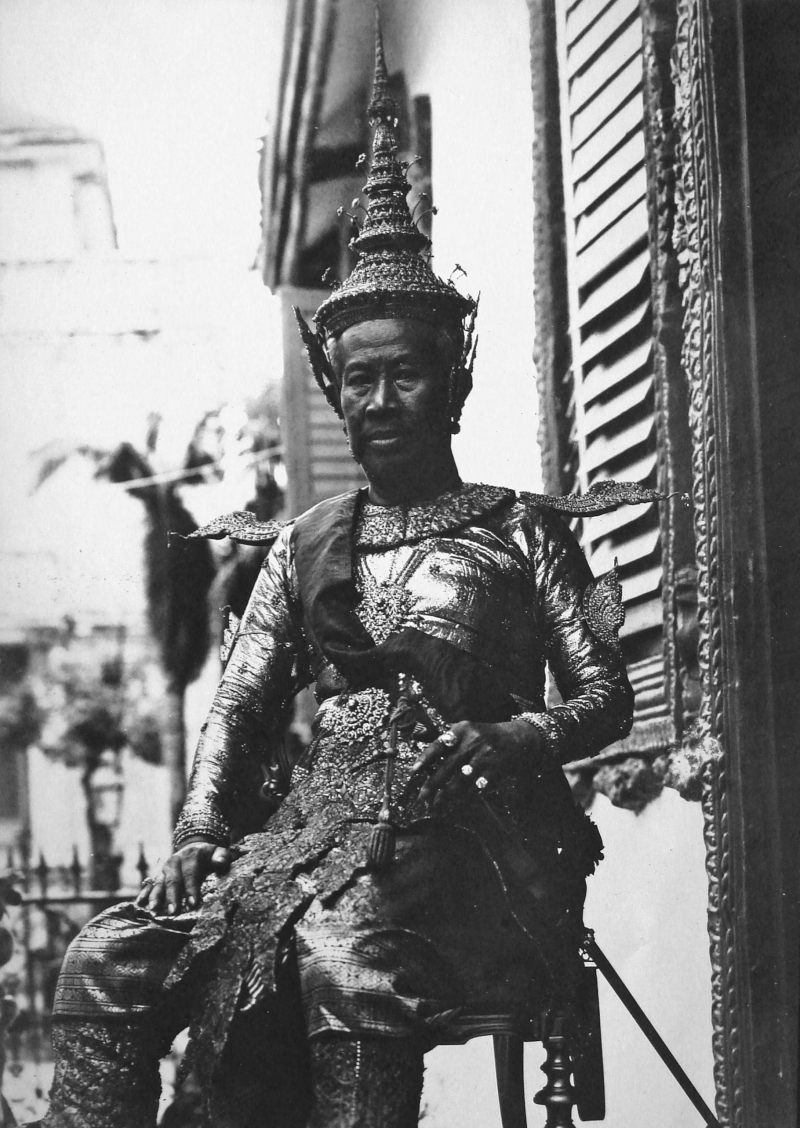
en.wikipedia.org 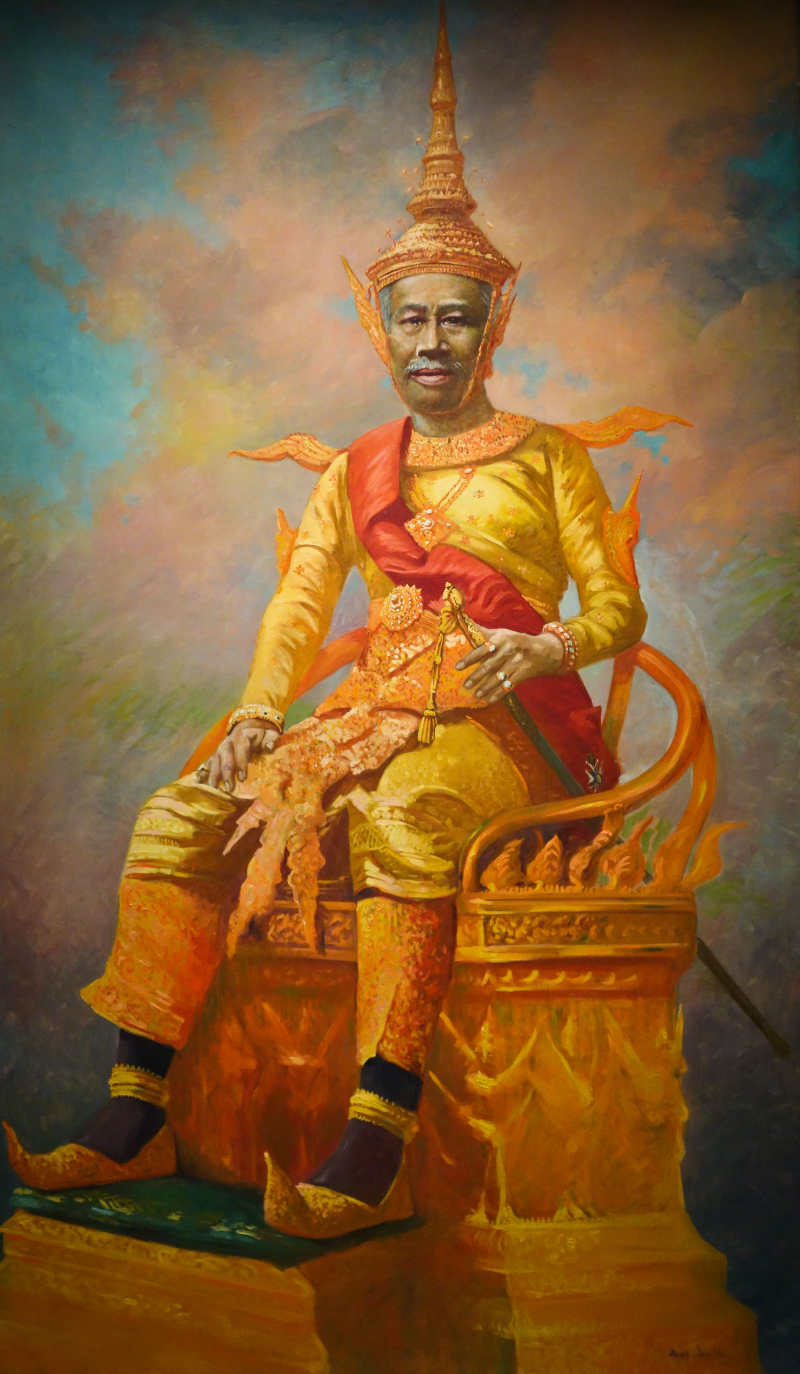
en.wikipedia.org -
Ang Duong (12 June 1796 – 19 October 1860) was King of Cambodia from 1841 to 1844 and again from 1845 to his death in 1860. His formal investiture in 1848 benefited a kingdom that had suffered for centuries from royal dissent and decline.
His politics centered on maintaining national unity and identity while minimizing foreign interference. He published the first significant revision of the legal codex in centuries, and he encouraged and oversaw religious and cultural reforms. Faced with increasing Siamese and Vietnamese encroachment, he attempted to form a sovereign alliance with colonial France. Although this alliance eventually culminated in the French protectorate of Cambodia for 90 years, King Ang Duong's actions laid the groundwork for Cambodia's modern united state. Ang Duong ascended to the throne with the title Preah Karuna Preah Bat Samdech Preah Harireak Reamea Issathipadei Ang Duong.
He was the ancestor of Cambodia's two major royal houses, the Houses of Norodom and Sisowath.
Ang Duong was the son of King Ang Eng, who reigned over Cambodia from 1779 to 1797 and was based in the then-capital of Oudong. His mother, Ros, was a royal consort since 1793 and later Queen Vara of Thailand (died around 1869). Ang Duong was the father of his successor King Norodom (1834-1904), King Sisowath (1840-1927), and King Norodom Sihanouk's great-great-grandfather (1941-2004). Ang Duong had numerous wives and had 18 legitimate children - 11 sons and 7 daughters - in order to further the royal family line.
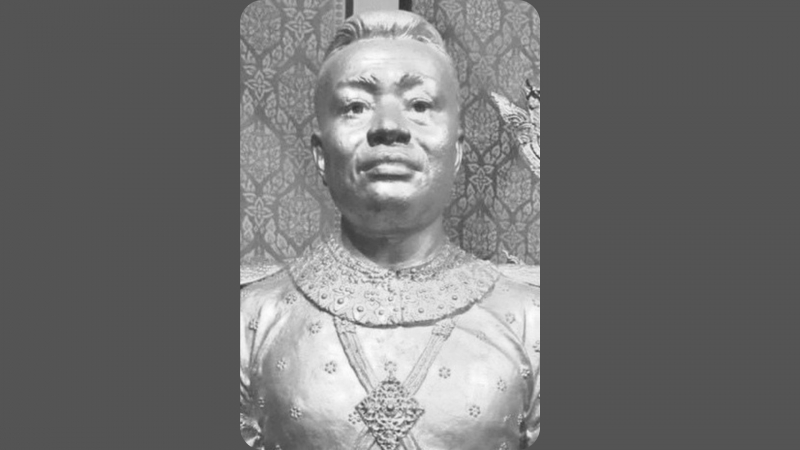
https://en.wikipedia.org/ 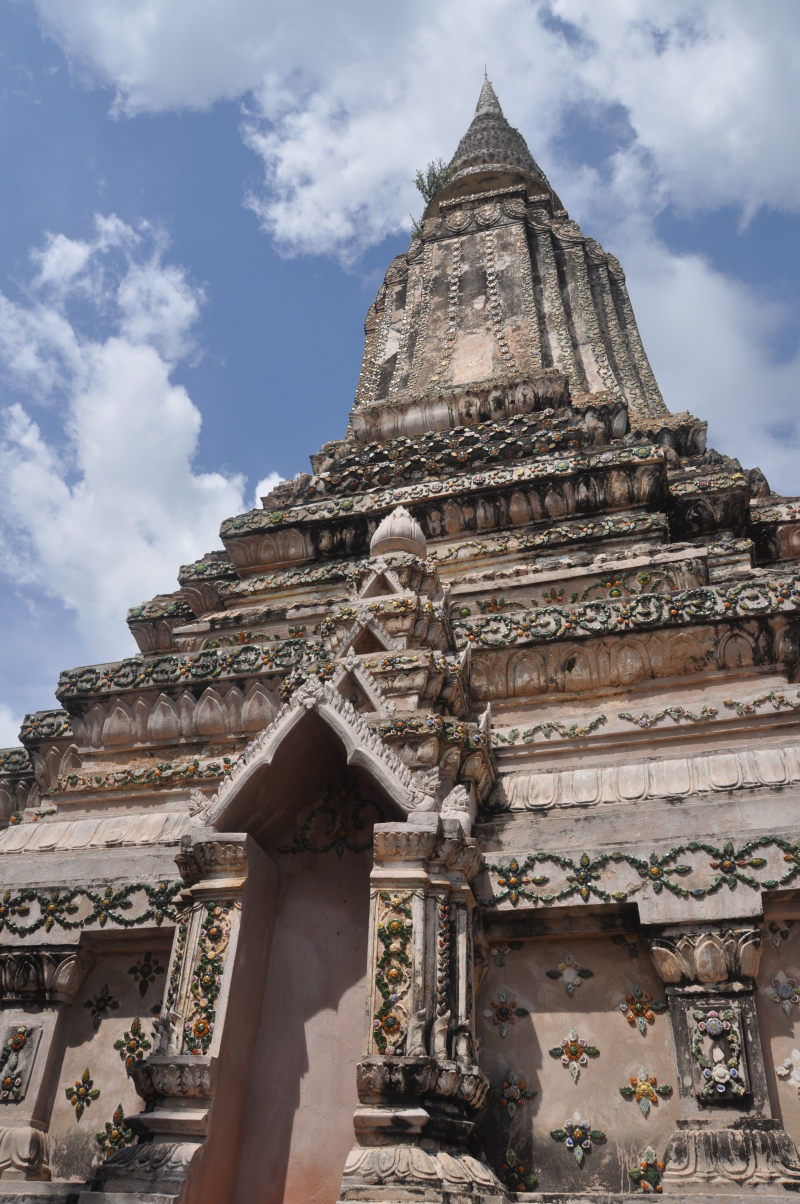
Ang Duong's Tomb (vi.wikipedia.org) -
Ang Chan II (1791 – 7 January 1835) ruled Cambodia from 1806 until his death in 1835. Outey Reachea III was his name during his reign. He is regarded as one of the most important historical figures in Cambodia.
Ang Chan II was Ang Eng's eldest son. Ang Eng died when Ang Chan II was only five years old, in 1796. Prince Talaha Pok was appointed as Cambodia's regent. Ang Chan II could not visit Cambodia until Pok died in 1806.
The Siamese crowned Ang Chan II king in 1806. Ang Em and Ang Snguon, his two brothers, were pro-Siamese. Ang Chan became more close to the Vietnamese in order to gain power from the two brothers. He began paying tribute to Vietnam the following year. Ngô Nhân Tịnh and Trịnh Công Đàn, two Vietnamese officials, came to Longvek and bestowed the title Cao Miên quốc vương ("king of Cambodia") on him.
Ang Chan was asked by the Siamese to appoint Ang Snguon and Ang Em as uprayorach and ouparach, respectively, but Ang Chan refused. Ang Snguon overthrew him in 1811 with the help of the Siamese. Ang Chan ran away to Saigon. The Siamese appointed his two brothers as regents. In 1813, a Vietnamese army led by Lê Văn Duyệt invaded Cambodia and took control of Oudong. Ang Chan returned to Vietnam with the Vietnamese army. Ang Em and Ang Snguon took refuge in Bangkok. Cambodia was placed under the protection of Vietnam following a rebellion. To station their forces, the Vietnamese built two castles, Nam Vang (Phnom Penh) and La Yêm (Lvea Aem). A thousand men were sent to Phnom Penh to "protect" him under the command of Nguyễn Văn Thoại.
In 1818, he was assigned to collect Cambodian Royal Chronicles. Ang Chan dispatched 5,000 Khmer laborers to rebuild the Vietnamese Vĩnh Tế Canal in 1819. The following year, an anti-Vietnamese rebellion erupted, but it was crushed by the Vietnamese army. When Ang Chan died in 1834, his second daughter, Ang Mey, became queen.
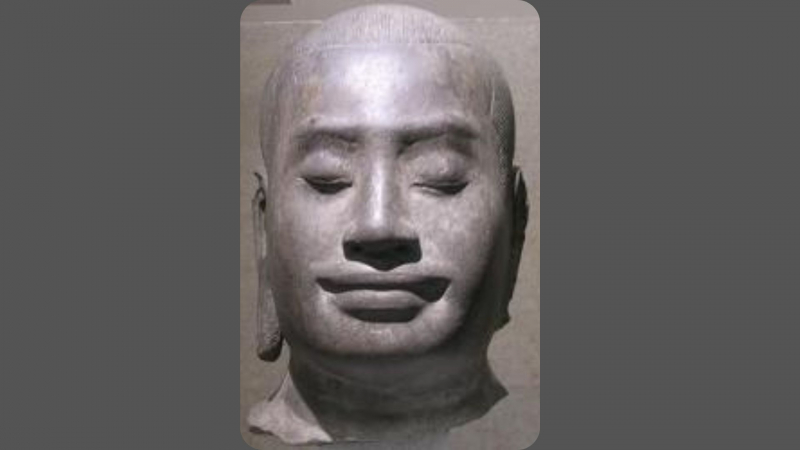
kidpaw.com 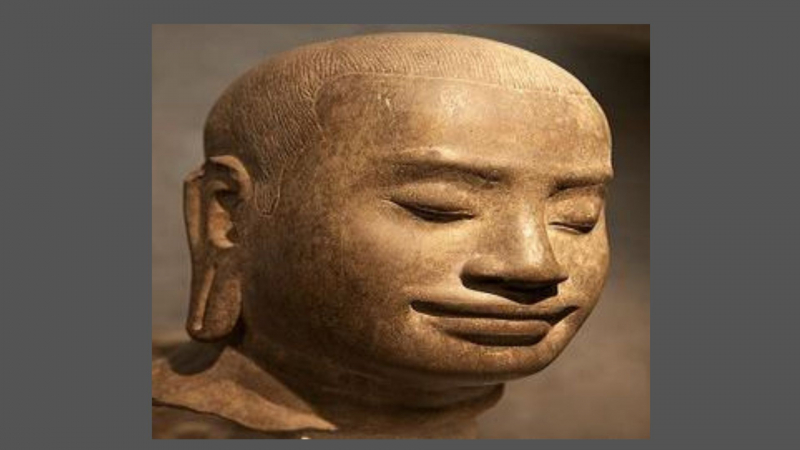
kidpaw.com -
Ang Chan I, also known as Chan Reachea (1486-1566), was a Cambodian king who reigned from 1516 to 1566. He was regarded as one of Cambodia's most illustrious post-Angkor kings. Damkhat Sokonthor appointed him as ouparach (heir apparent or viceroy) in 1507. He ruled the Phnom Penh region and the eastern provinces as viceroy. He is among the most important historical figures in Cambodia.
In 1512, Ang Chan I was deposed by a pretender named Sdach Korn. He fled to Siam and returned in 1516 with a Siamese army. He was crowned at Pursat the same year after putting down several rebellions inspired by Neay Kan. He reclaimed Longvek from the Siamese and established the new capital there. In 1525, Ang Chan attacked Sdach Korn with firearms and cannons. Within three months, Ang Chan was able to kill Sdach Korn and his followers and decapitate him.
During Ang Chan's reign, Portuguese missionary Gaspar da Cruz visited Longvek and preached the gospel, but he was forced to leave the country the following year because most Cambodians were devout Buddhists who refused to convert to Roman Catholicism.
Siam had been at war with Burma since 1547. The Cambodian army took advantage of the situation and launched a counter-offensive. The Siamese were driven out of Angkor. He was crowned again in Longvek in 1553. Ang Chan's I army attacked the nearby Ayuttaya regions between 1559 and 1564.
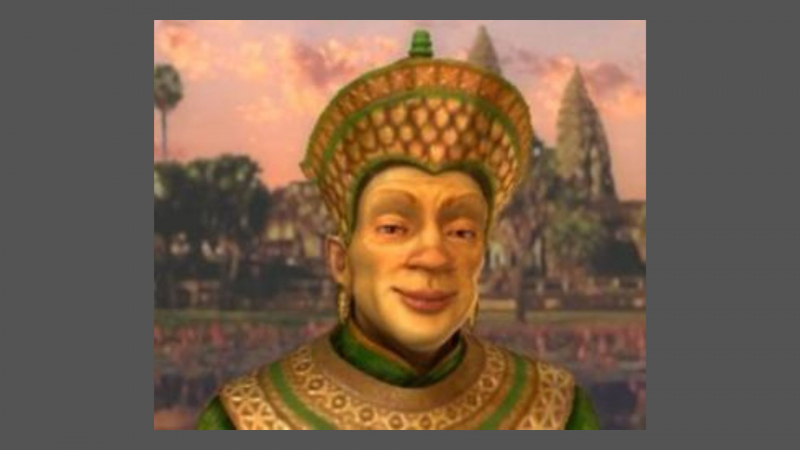
kidpaw.com 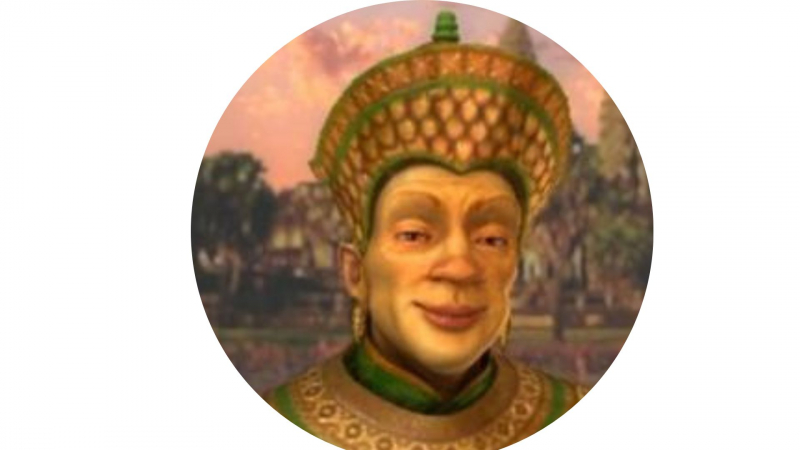
kidpaw.com












